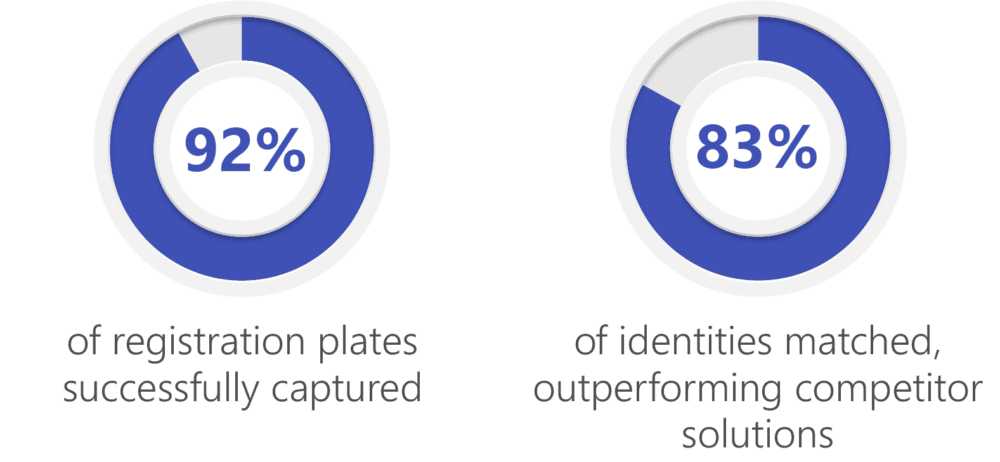Biometric Solutions
Border Of The Future
The Client
Established by and working alongside Border Force, the Border Vision Advisory Group are an operational command of the Home Office responsible for securing the UK border and controlling migration at ports and airports across the UK and overseas.
The Vision
Border Force wanted to introduce a new, automated system to make the border crossing process more efficient whilst remaining secure.
The requirements for the new seamless border crossing system included an end-to-end customer journeys solution that utilises advanced biometric analysis to process people returning or travelling to the UK.
The Challenge
- An increasing number of crossings each year at the UK border (currently at around 144 million).
- Little advanced insight on who would be arriving at the border, with no pre-vetting check ability.
- Need for passengers to visit fixed Border Force booths, leading to long queues.
- No automation, leading to longer waiting times for passengers.
- Border Officer time largely spent verifying passenger documents and details, with less availability to look into important secondary work targeting criminality.
The Solution
The Viable Data team gained a detailed understanding of both the client and end-user needs, attending the site and conducting research with Border Force staff. We delivered an intuitive pre-arrival registration system whereby passengers upload a selfie-style photo, passport details and vehicle registration onto an app. This information was then used to verify travellers identities as they pass through a border point. The main features of this include:
- Anonymisation and secure storage of each photo before the passenger drives through the border crossing, triggering the on-site cameras to capture images of passengers in the vehicle.
- Image assessment against those captured in the pre-enrolment database to confirm identities.
- License plate reader is used to ensure alignment of passenger details.
- A single Lane Control Centre centralises the on-site system, freeing up Border Force staff for secondary work targeting criminality.
- Developed to be used on mobile equipment via iPads to enable Border Force staff to use the system on the move, reducing passenger queues and increasing overall efficiency.
The Benefits

Integrating a number of components with LearnID®, we developed a next-generation verification system, enabling positive identification of mobile targets moving at speeds of up to 30mph in poor lighting conditions.
End-to-end data capture – provides Border Force with a list of travellers to the UK which could be used later for identity verification or watch listing purposes.
An intuitive enrolment application – enabled users to apply and submit their details without needing to visit fixed booths. Improving traveller experience, whilst making the border crossing process smoother and more secure.
Real-time verification – images matched with those in the pre-enrolment database to confirm identities via a live ‘match’ or ‘no match’ outcome via a matching algorithm that protects user data while providing very accurate and fast results.
Works in challenging environments – high-tech cameras capturing license plates and passengers to ensure alignment of passenger details, in challenging environments such as low light.
Identifying passengers in a moving vehicle – using computer vision and advanced vehicle and passenger capture technology, the solution identifies people and vehicles moving at speeds of up to 30mph.
What’s next?
Viable Data is committed to delivering solutions that have a positive impact on society, and the solution is instrumental in helping the UK Border Force realise the goals outlined in the 2025 UK Border Strategy.
Other areas we are exploring are in the government, defence, and private security sectors which can greatly benefit from the implementation of the LearnID® platform. Verifying the identities of employees in sensitive workplaces like banks, nuclear power stations or secure government agencies, or by ensuring secure access to military equipment, and technology.
Moreover, in the realm of law enforcement, Police Service’s use of facial recognition technology for crime prevention is limited to specific areas where individuals pass through. By repurposing our mobile app, police officers can access real-time assistance to locate individuals on watchlists or protect vulnerable individuals without the need to contact an operator.





